A framework of image processing for image-guided procedures
Abstract
Contrary to the cases of open surgery, during minimally invasive procedures,
surgeons have no direct access or very limited access to the operative site and
can only visualize the site and the focal region with the aid of imaging tools.
During patient follow-up and the surgical planning stage, multiple complementary
images and patient-specific models need to be aligned with each other for
better interpretability. Image segmentation and deformable image registration
are often needed for this step since the tissues normally deform in different images.
Traditionally, image segmentation and registration are separate research
topics. However, they are closed related. Segmentation accuracy affects feature based
registration accuracy and a good registration is able to improve the speed
and accuracy of image segmentation.
In this thesis, we present a coherent and consistent framework for image
processing. The process of the proposed approach consists of two main modules.
In the first module, we performed preprocessing tasks on raw MR images
to extract the blood vessels centerlines from these images. Next, bifurcation
points were calculated as the intersections of the extracted centerlines. Vessel
structures and bifurcation points provide input information for further operations
such as image segmentation and image registration. Then, we propose an
innovative approach to automating the initialization process of the liver segmentation
of magnetic resonance images. The seed points, which are needed to
initialize the segmentation process, are extracted and classified by using affine
invariant moments and artificial neural network. To complete this stage, we
proposed robust and fast approaches for MR image registration for deformable
tissues. The proposed registration methods work with soft homogenous tissue
with small and large rotation shift.
In the second module, we performed surface to surface registration of MR
and endoscopic images, which will provide the surgeon with better 3D context
of the surgical site in minimally invasive procedures. In this step, we project
a gridline light pattern onto the surgical site and then use a stereo endoscope
to acquire two stereo images. The major steps in the surface reconstruction
process include 1) applying an automatic method of detecting region of interest,
2) applying an image intensity correction algorithm, and 3) applying a
novel automatic method to match the intersection points of the gridline pattern.
We have validated our proposed framework technique by comparing the
methods with existing techniques of similar scope. Our experiment results show
that our methods outperform the existing methods regarding correctness and
efficiency.

